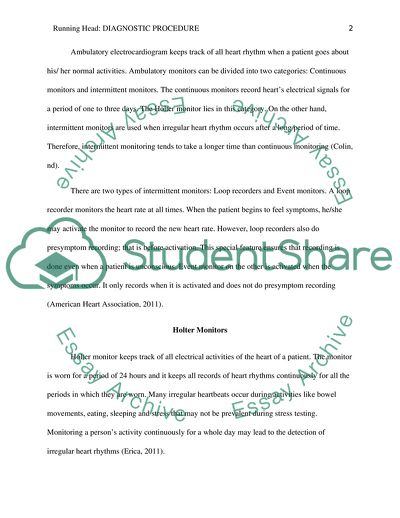Cite this document
(Diagnostic Procedure Coursework Example | Topics and Well Written Essays - 1500 words, n.d.)
Diagnostic Procedure Coursework Example | Topics and Well Written Essays - 1500 words. https://studentshare.org/health-sciences-medicine/1812421-diagnostic-procedure
Diagnostic Procedure Coursework Example | Topics and Well Written Essays - 1500 words. https://studentshare.org/health-sciences-medicine/1812421-diagnostic-procedure
(Diagnostic Procedure Coursework Example | Topics and Well Written Essays - 1500 Words)
Diagnostic Procedure Coursework Example | Topics and Well Written Essays - 1500 Words. https://studentshare.org/health-sciences-medicine/1812421-diagnostic-procedure.
Diagnostic Procedure Coursework Example | Topics and Well Written Essays - 1500 Words. https://studentshare.org/health-sciences-medicine/1812421-diagnostic-procedure.
“Diagnostic Procedure Coursework Example | Topics and Well Written Essays - 1500 Words”. https://studentshare.org/health-sciences-medicine/1812421-diagnostic-procedure.


